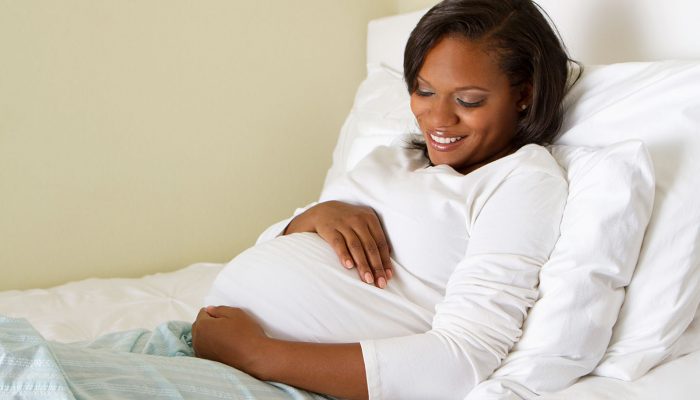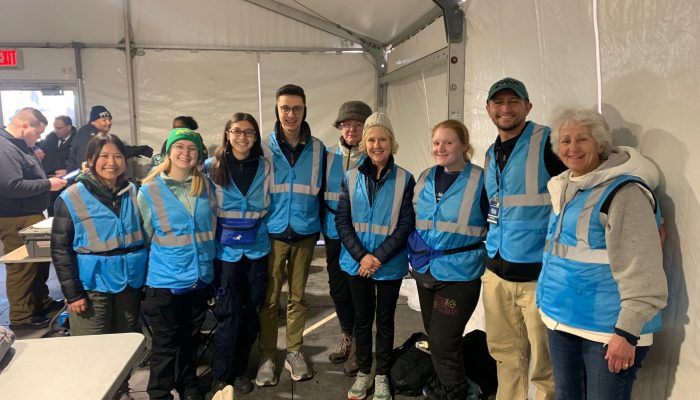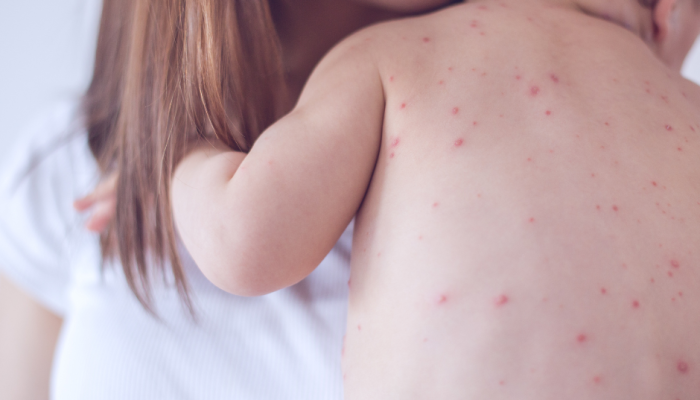This post is no longer being updated. For the latest information about COVID-19 rules in Philadelphia, see: Protect yourself and others from Delta: masks required indoors and at large outdoor gatherings in Philadelphia.
Case counts have been falling and vaccination rates are climbing in Philadelphia. Because of Philadelphian’s hard work and sacrifices, we have relaxed our Safer at Home restrictions. While we hope this is the end of restrictions, we are not completely free of the pandemic. Below is the Health Department’s general guidance for all sectors to consider when planning for a fun (and safe!) summer. Further down you will find specific guidance links for sectors with higher-risk settings.
Masks
- Individuals are not required to wear masks indoors or outdoors except in certain high-risk situations (see below).
- The Health Department encourages all unvaccinated individuals to wear masks indoors except while eating or drinking and outdoors when they cannot safely distance from those outside their household.
- If you have contact in close quarters with unmasked individuals who you are not familiar with, as a server or esthetician for example, consider masking regardless of vaccination status.
- Employers, businesses, and other organizations may choose to require continued mask use.
- Employers must allow employees to continue to wear masks if they so choose.
People choose to wear masks for many different reasons.
They may be unvaccinated, partially vaccinated, be caring for someone with an underlying health condition or have one themselves, or they’d just like to be extra careful when they are out in crowds.
- Indoor masking remains required in the following settings, regardless of vaccination status:
- Healthcare institutions including temporary community healthcare events such as vaccine clinics and blood drives.
- Adult day centers.
- Congregate facilities such as prisons and shelters.
- Public transportation including planes, trains, buses, taxis, and ride share vehicles.
- Indoor schools, camps and early childhood education.
Isolate
- Encourage people who are sick to stay home.
- It is not necessary or encouraged to conduct on site temperature measurement. If you measure temperatures, use a no-touch thermometer, and do not allow anyone with a temperature of 100.4 or higher to remain onsite.
- Consider keeping a record of all persons present at gatherings. This can help with contact tracing if anyone tests positive for COVID-19.
Reduce Crowds
- Unvaccinated people should continue to keep distance from others in public settings.
Handwashing
- Encourage frequent handwashing.
Clean
- Wipe down high-touch survaces with disinfectant regularly. See CDC guidance for details.
- For establishments serving food, continue to follow all Health Department food safety regulations.
Ventilate
If possible, indoors, increase ventilation in the building by either:
- Opening windows and/or doors on opposite sides of the building and using fans to blow outside air through the building OR
- Optimizing ventilation provided by the heating, ventilation, and air conditioning (HVAC) system by:
- Having the HVAC system checked to assure that it is working properly. If it can be adjusted, the system should be set to provide at least 6 air exchanges per hour.
- Maximizing the amount of outside air circulated by the system.
- Installing filters with minimum efficiency reporting values (MERV) of 13, or the highest compatible with the filter rack.
- Checking that the external air inlet duct is not blocked and that it is at least 15 feet from persons.
- We strongly encourage restaurants, casinos, and similar establishments to download the ventilation calculator to enhance ventilation.
Communicate
-
- Educate staff and attendees/guests in advance aboutsymptoms and prevention of COVID-19.
- Remind staff who are sick or have had close contact with someone with COVID-19 within the past 10 days to stay home and follow CDC quarantine guidelines. Staff without any symptoms may end their quarantine period after:
- Day 10 without testing.
- Day 7 after receiving a negative test result (lab-based or rapid) after day 5.
- Encourage attendees/guests to download and turn on the COVID Alert PA appto help with contact tracing.
- Staff who have been fully vaccinated do not need to quarantine when exposed to someone with COVID-19 if they meet the following criteria:
- They are fully vaccinated, and it’s been at least 2 weeks after the last dose in the vaccine series.
- They have remained asymptomatic since the current COVID-19 exposure.
- Vaccination is not 100% effective.
- Anyone who develops COVID-19 symptoms should get tested.
- Anyone who is positive for COVID-19 must isolate according to CDC guidelines.
- After vaccination you must still follow local mask guidance. Some settings still require masks.
- Consider posting prominent signs at entrances and in employee break rooms:
- Asking people who are sick or have had contact with someone with COVID-19 within the past 10 days not to come to the establishment.
- Encouraging people to cover coughs or sneezes.
Guidance for higher-risk sites and activities
The following have elements of higher risk and require specific guidance:
- Schools and early childhood education
- Home health care
- Outpatient health care facilities
- Home-based support services
- Senior day services (older adult day centers & programs)
- Travel
- SEPTA




